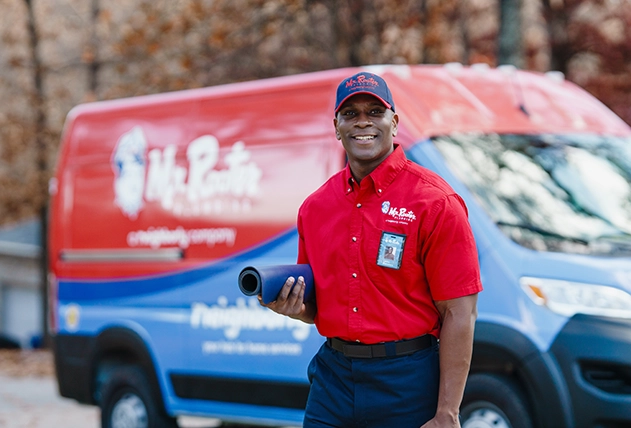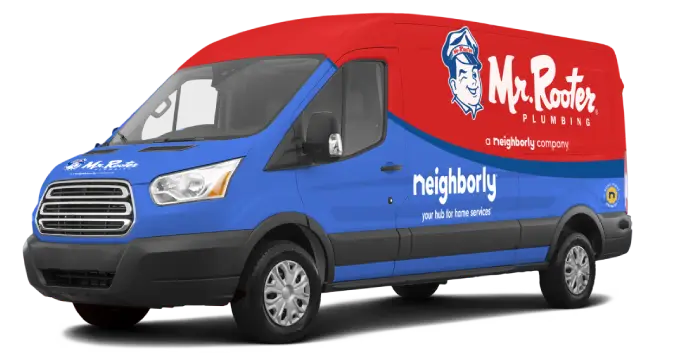Coeur d’Alene restaurants prevent grease clogs by preventing clogged drains, avoiding costly shutdowns, and staying compliant with health codes. Grease traps stop fats, oils, and grease (FOG) from entering plumbing and city sewers. If not maintained, FOG builds up, causing backups, bad odors, and even business closures.
This guide explains how to maintain grease traps in a clean, efficient, and compliant manner in accordance with local regulations.
Why Grease Trap Maintenance Matters for Coeur d’Alene Restaurants
Grease traps protect your plumbing from FOG buildup. Without regular cleaning, FOG thickens and can overflow, blocking pipes and causing wastewater to back up into your kitchen. This can lead to health violations, lost revenue, and emergency plumbing repairs. Local authorities may shut down kitchens that let FOG escape into city sewers.
A reliable commercial plumbing service can help you establish a maintenance plan and respond promptly if issues arise.
How Grease Traps Work in Restaurant Kitchens
A grease trap is a tank that collects wastewater from sinks and dishwashers, designed to separate and contain fats, oils, and grease. FOG floats to the top, solids sink to the bottom, and cleaner water flows out. If too much grease accumulates, it can block the outlet, letting FOG escape into the pipes.
There are two main types:
- Manual grease traps: Require daily checks and regular cleaning.
- Automatic grease traps: Use mechanical skimmers to remove FOG; however, they still require inspection and maintenance.
How Often Should Grease Traps Be Cleaned?
Cleaning frequency depends on trap size, kitchen activity, and local rules. Most restaurants need to clean their grease trap every 1 to 3 months. Some cities require cleaning when FOG reaches 25% of trap volume, which often means monthly or quarterly service.
A good rule: If the top 25–30% of your grease trap is filled with grease, it’s time to clean. Regular inspection helps you avoid overflows and fines.
Step-by-Step Grease Trap Cleaning Process
- Remove the lid carefully to avoid damaging gaskets.
- Measure and record the FOG and solids levels.
- Scoop out the floating grease and solid waste.
- Scrape the sides, baffles, and lid to remove buildup.
- Check for signs of damage or leaks.
- Replace the lid securely and clean the area.
Professional cleaning ensures all waste is removed and disposed of properly. For large or outdoor traps, always use a licensed service.
Grease Trap Maintenance Checklist
| Task | Frequency | Who Should Do It |
| Inspect grease trap | Weekly | Staff |
| Clean grease trap | 1–3 months | Professional/Staff |
| Record cleaning in the log | Every cleaning | Staff |
| Check for odors or backups | Weekly | Staff |
| Train staff on FOG disposal | Quarterly | Manager |
Staff Training and Best Practices
Train your staff to:
- Scrape plates and pans before washing.
- Use sink strainers to catch food scraps.
- Never pour oil or grease down the drain.
- Wipe up spills with paper towels before washing surfaces.
- Report slow drains or odors right away.
Educating employees reduces FOG entering the trap and keeps maintenance easier.
What Not to Do With Grease Traps
- Do not add bleach, chemicals, or degreasers to the trap. These can kill beneficial bacteria and push grease into the sewer, causing more significant problems.
- Do not wait until the trap overflows to schedule cleaning.
- Do not dispose of grease trap waste in toilets or storm drains.
If you notice persistent odors or slow drains, schedule clogged drain service to prevent blockages.
Signs Your Grease Trap Needs Immediate Service
- Water drains slowly or backs up in sinks.
- You smell strong, foul odors near the trap or drains.
- Grease is visible in the outlet or downstream pipes.
- The grease trap lid is hard to open or damaged.
If you see these signs, call for emergency service to avoid shutdowns and costly repairs.
Proper Grease Disposal and Record Keeping
- Store waste grease in sealed containers for recycling or proper disposal.
- Keep a log of all inspections and cleanings, including dates and who performed the work.
- Use only licensed haulers for grease trap waste.
Regular records help prove compliance during health inspections and avoid fines.
The Role of Professional Drain Cleaning
Even with regular grease trap maintenance, FOG can still build up in pipes over time. Schedule drain cleaning to keep lines clear, reduce odors, and prevent backups.
Sink and Leak Repairs
Damaged sinks or leaking pipes can let FOG escape before it reaches the trap. Prompt sink repair and leak detection ensure your system works as designed.
Frequently Asked Questions About Grease Trap Maintenance
How do I know if my grease trap is full?
Check the trap weekly. If grease covers more than 25% of the tank, it’s time to clean.
Can I clean my own grease trap?
Small indoor traps can be cleaned by staff, but large or outdoor traps need a professional.
What happens if I skip maintenance?
Skipping maintenance leads to clogs, backups, health code violations, and possible business closure.
Call for Grease Trap Maintenance in Coeur d’Alene
Keep your restaurant running smoothly and avoid grease clogs with regular grease trap maintenance. For inspections, cleaning, and emergency help, call us for expert plumbing services in Coeur d’Alene.

